Planting Dahlias
Here at the farm, our tubers are planted around late April/early May, depending on the weather.
Dahlias should be planted after the last frost and the ground should be about 60 degrees F. You can jump-start tuber growth by potting up the tubers in late Winter/early Spring or just bringing the tubers from cold storage to a warmer space. The tubers will “wake up”.
Tubers should be planted about a foot apart and six inches deep. On our farm, tubers are planted two rows per bed, each a foot apart.
Pinching
When your dahlias have 2 sets of leaves, they can be pinched to branch and create more blooms. Pinching should be done carefully to prevent disease from spreading. To pinch your plants simply cut out the center growing node above the second set of leaves to encourage plants to branch out. Pinched plants are more vigorous, have more blooms and have more useable stems than plants that have not been pinched.
Dahlia Pinching tips
- Dip snips in a bleach/water solution between every single pinch.
- Don’t use your fingers as dahlia disease can remain in your skin or fingernails and spread through pinching.
Feeding Dahlias
Feed growing dahlias with compost tea about every 10 days. Stop feeding them when buds appear on the plants.
Compost Tea Recipe
- Soak two bags of Dr Bu’s Compost Tea in a large gallon bucket for about 8 hours
- Right before spraying add fish fertilizer & liquid kelp to the compost tea.
- Mix well and you are ready to spray!
- Spray compost tea on your dahlias preferably in the evening. If you spray in the morning or during the heat of the day, it can burn your foliage so please be careful.
Harvesting your Dahlias
When you harvest flowers, cut deep into the plant to harvest the flowers; this will encourage more growth, branching, and eventually more abundant blooms.
Dahlia Seed Collecting
At the end of the season, you can collect seed from your dahlias. Each seed will produce an entirely new dahlia. Tubers are clones of the mother plant and will come back “true” while seeds collected from dahlias have different qualities from its mother plant in terms of color, size, shape, etc.
Notes on dahlia seeds:
- Dahlia seed pods need to be mature to collect the seed; you can allow seed pods to dry on the plant or once they are mature, snip them and dry them on a flat surface.
- If you want to control for color and shape, you can isolate your blooms with an organza bag to prevent any cross pollination and hand-pollinate with a paintbrush making sure to cover them again after the cross is made. Seeds should be produced and mature from these crosses in 6 weeks and can then be harvested at that time. If you don’t want to make hand crosses with your dahlias don’t worry, you can skip the bags and let the bees pollinate for you!
- Dahlia seeds will produce tubers in the first year.
- It takes four years of growing a dahlia from seed to confirm its use as a reliable cut flower. Dahlia genetics need to be carefully monitored during this time to make sure that the plant and bloom stay stable before introducing it into the flower world.
Digging Up & Storing Dahlia Tubers
Digging:
Dahlia tubers must be in the ground or grown for at least 120 days before they are dug up and stored. To avoid damaging your tubers, use a pitchfork--not a shovel--to dig up the tuber clump. Before digging, cut the foliage off the plant and leave about 10 inches of the step to use as a handle when digging the tuber.
Storing:
After the tubers are dug up, you can cut off the stem and store the tubers for the winter. Don’t wash the tubers when they are dug up (unless you plan to immediately divide them) as this can cause tubers to rot and mold in storage.
Notes on Storage:
- Tubers need to be stored at between 40-50 degrees F.
- Tubers need at least 80% humidity--you can buy a humidity gauge to monitor the %.
- Don’t store tubers directly on concrete or cement
- You don’t need to store tubers in cedar chips or other substances; this can dry them out.
Dealing with viruses & diseases
Viruses can be annual, biennial, or perennial. The only solution for dahlia virus is to dispose of the plant as soon as possible. Do not compost it--put it in a plastic bag in the trash. Our rule of thumb here on the farm is “when in doubt, throw it out!”
You can buy virus testing strips (they’re not cheap though) to do preventative testing throughout the season. These can be purchased from Agdia Inc.
Sign of a Virus or Disease
- On the leaves look for: streaky leaves, spotting or blotching, curling leaves.
- On the tuber: “cauliflower”-like appearance (crown gall); too many small shoots (leafy gall).
- All of these diseases mean you need to dispose of your plant/tuber.
Powdery Mildew
While powdery mildew does affect the leaves of a dahlia, it’s not a virus. It’s caused be too much humidity or not enough air flow. Remove the lower leaves of the dahlia and try to encourage air flow.


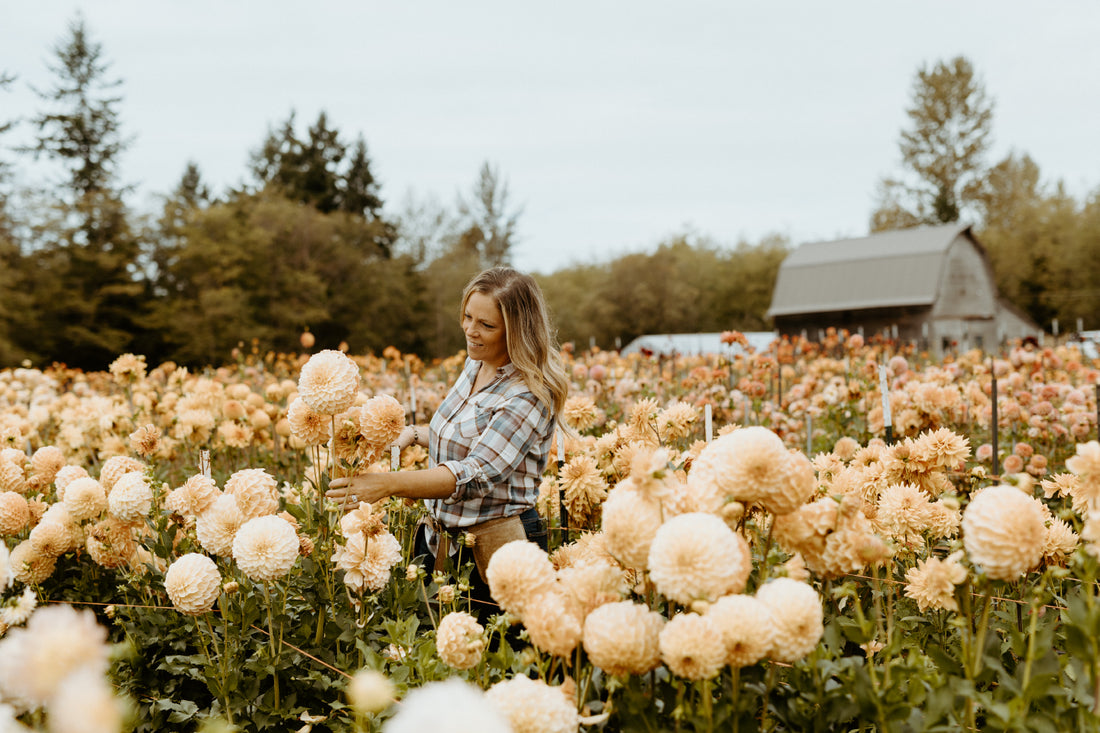



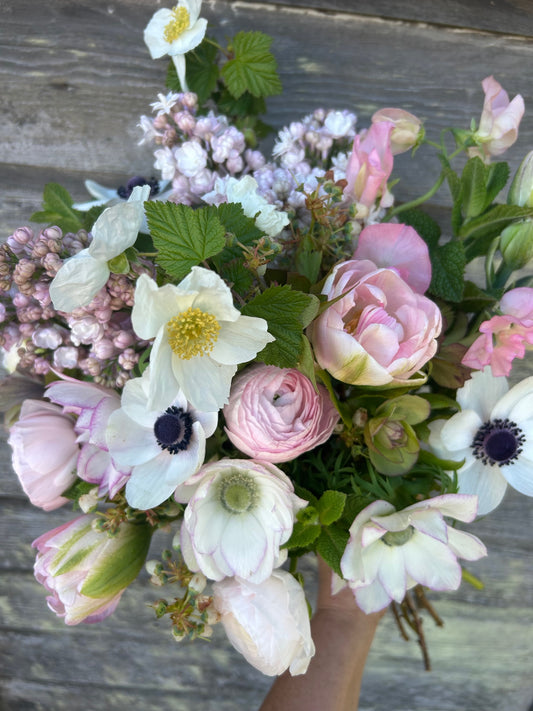
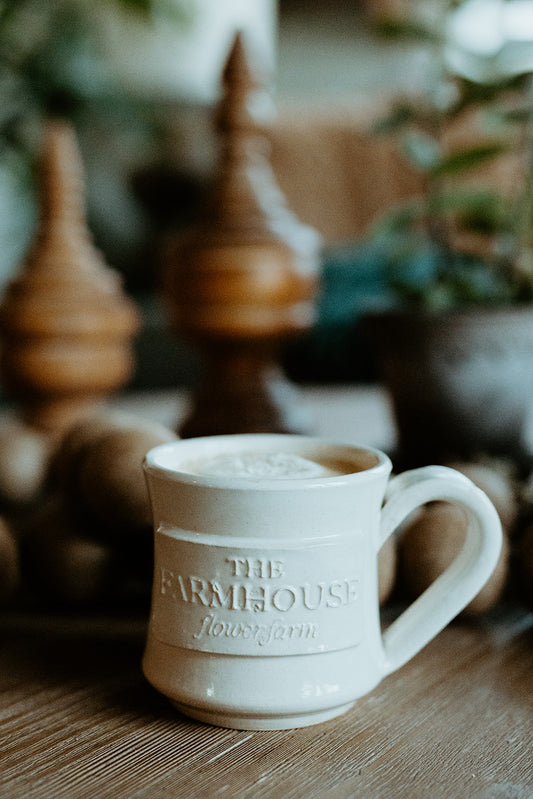
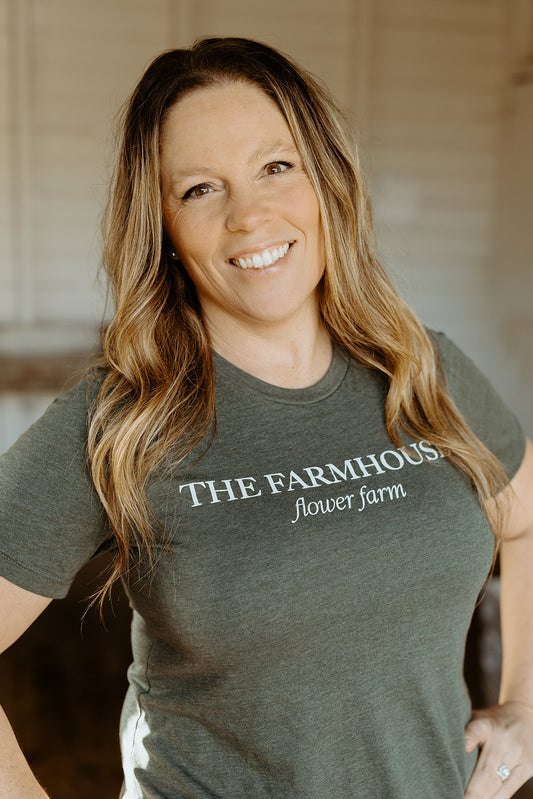
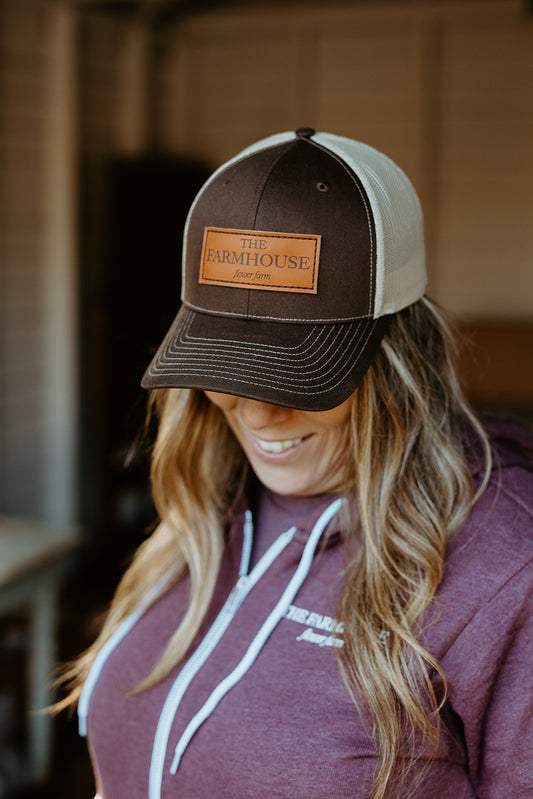
2 comments
Do you think you can be more specific about how to make the tea? How much does this recipe make? Does it last, or need to be used right away? How much kelp and fish fertilizer should be used? Thanks!
How do you store your tubers over the winter? I have tried a variety of ways. This year wrapped all them in saran wrap and place in closed plastic tubs. checking monthly